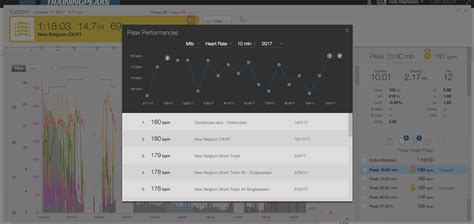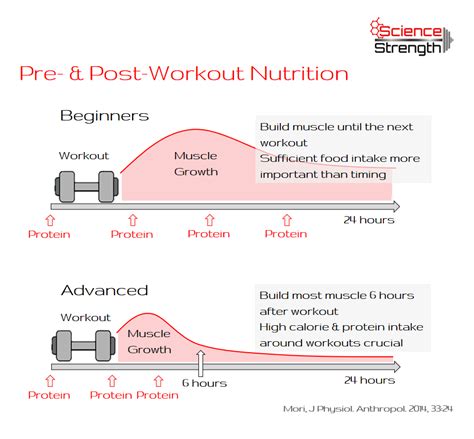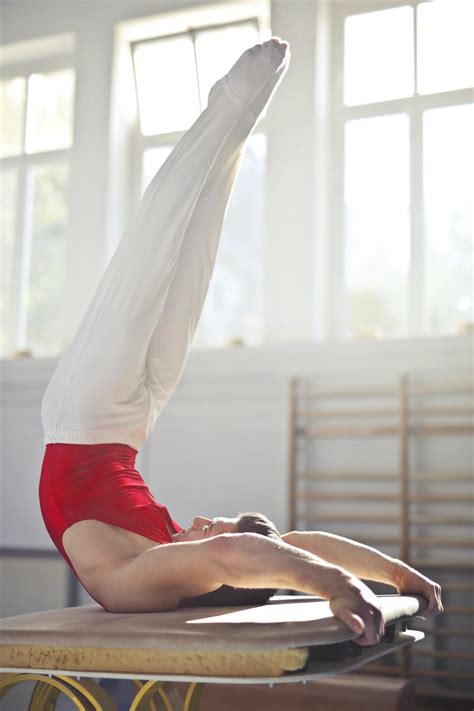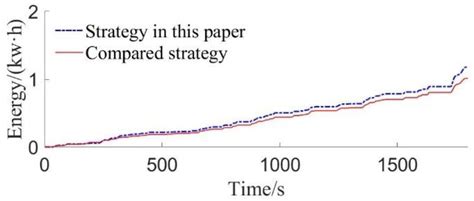How to optimize recovery for consistent peak performance training?

In the relentless pursuit of peak athletic performance, many athletes and fitness enthusiasts meticulously plan their training sessions, focusing on intensity, volume, and progression. However, a critical component often overlooked, yet equally vital for sustainable growth and injury prevention, is optimizing recovery. Without effective recovery, the body cannot adapt to training stress, leading to stagnation, burnout, and increased risk of injury. True peak performance isn’t just about how hard you train, but how intelligently you recover.
The Cornerstone of Recovery: Prioritizing Quality Sleep
Sleep is arguably the most powerful recovery tool at our disposal. During sleep, your body repairs muscle tissue, consolidates memories (including motor skills learned during training), synthesizes hormones crucial for growth and repair, and replenishes energy stores. Chronic sleep deprivation can impair cognitive function, decrease pain threshold, reduce strength, and elevate cortisol levels, hindering recovery and performance.
Strategies for better sleep: Establish a consistent sleep schedule, create a dark, cool, and quiet sleep environment, avoid screens an hour before bedtime, and limit caffeine and alcohol intake, especially in the evenings.

Fueling for Restoration: Nutrition and Hydration
What you put into your body directly impacts its ability to recover and adapt. Post-workout nutrition is critical for replenishing glycogen stores and repairing muscle tissue. A balanced intake of macronutrients – carbohydrates, proteins, and healthy fats – is essential.
- Carbohydrates: Replenish muscle glycogen, which is the primary fuel source during high-intensity exercise.
- Protein: Provides amino acids necessary for muscle repair and synthesis. Aim for a protein intake spread throughout the day, including immediately after training.
- Healthy Fats: Support hormone production and reduce inflammation.
- Hydration: Dehydration significantly impairs performance and recovery. Drink plenty of water throughout the day, especially before, during, and after training. Electrolyte intake may also be beneficial during prolonged or intense sessions.

Active Recovery and Mobility Practices
While rest days are crucial, active recovery can enhance blood flow, reduce muscle soreness, and improve flexibility without adding significant stress to the body. Low-intensity activities like light cycling, walking, swimming, or yoga can help flush out metabolic waste products and deliver oxygen and nutrients to tired muscles.
Incorporating mobility work, stretching, and foam rolling can also address muscle tightness, improve range of motion, and prevent injury. These practices should be a regular part of your routine, not just something done when you feel stiff.

The Mental Game: Stress Management
Training isn’t the only source of stress; daily life stressors can significantly impact your body’s ability to recover. Chronic stress elevates cortisol levels, which can break down muscle tissue, impair immune function, and interfere with sleep. Effective stress management is a non-negotiable component of optimal recovery.
Techniques like mindfulness meditation, deep breathing exercises, spending time in nature, reading, or engaging in hobbies can help lower stress hormones and promote a parasympathetic (rest and digest) state, facilitating recovery.

Monitoring and Personalization
Recovery is highly individual. What works for one person might not work for another. Utilizing tools like heart rate variability (HRV) trackers, sleep tracking apps, or simply keeping a training journal can provide valuable insights into your body’s response to training and recovery interventions. Pay attention to how you feel: your energy levels, mood, soreness, and performance in subsequent sessions. Adjust your training and recovery strategies based on these personal indicators.

Implementing a Holistic Recovery Strategy
Optimizing recovery isn’t about isolated practices; it’s about integrating these elements into a holistic strategy. View recovery as an extension of your training, a vital period where adaptations occur and resilience is built. Consistency across all these pillars – sleep, nutrition, active recovery, and stress management – is what truly drives long-term peak performance.
By giving recovery the attention it deserves, you’re not just preventing setbacks; you’re actively enhancing your body’s capacity to perform, adapt, and consistently push boundaries. Prioritize your recovery, and watch your performance reach new, sustained heights.







